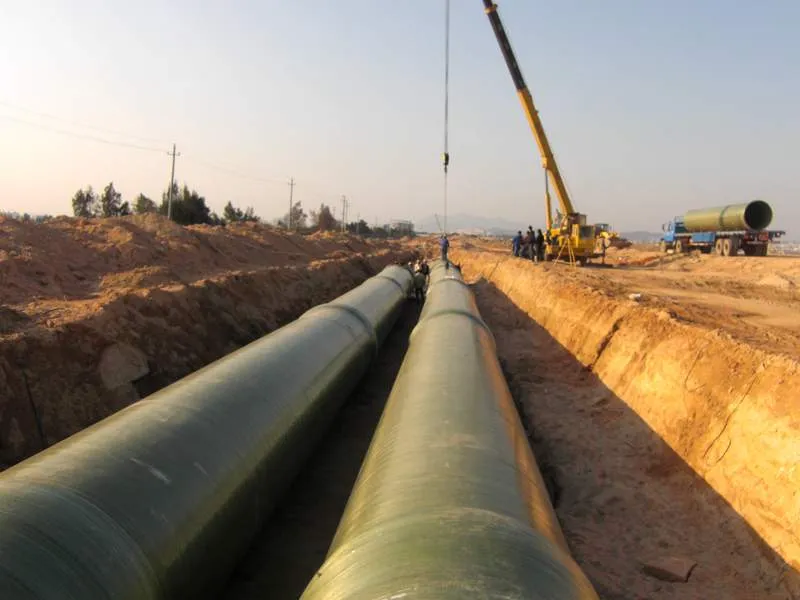
-
 Afrikaans
Afrikaans -
 Albanian
Albanian -
 Amharic
Amharic -
 Arabic
Arabic -
 Armenian
Armenian -
 Azerbaijani
Azerbaijani -
 Basque
Basque -
 Belarusian
Belarusian -
 Bengali
Bengali -
 Bosnian
Bosnian -
 Bulgarian
Bulgarian -
 Catalan
Catalan -
 Cebuano
Cebuano -
 China
China -
 China (Taiwan)
China (Taiwan) -
 Corsican
Corsican -
 Croatian
Croatian -
 Czech
Czech -
 Danish
Danish -
 Dutch
Dutch -
 English
English -
 Esperanto
Esperanto -
 Estonian
Estonian -
 Finnish
Finnish -
 French
French -
 Frisian
Frisian -
 Galician
Galician -
 Georgian
Georgian -
 German
German -
 Greek
Greek -
 Gujarati
Gujarati -
 Haitian Creole
Haitian Creole -
 hausa
hausa -
 hawaiian
hawaiian -
 Hebrew
Hebrew -
 Hindi
Hindi -
 Miao
Miao -
 Hungarian
Hungarian -
 Icelandic
Icelandic -
 igbo
igbo -
 Indonesian
Indonesian -
 irish
irish -
 Italian
Italian -
 Japanese
Japanese -
 Javanese
Javanese -
 Kannada
Kannada -
 kazakh
kazakh -
 Khmer
Khmer -
 Rwandese
Rwandese -
 Korean
Korean -
 Kurdish
Kurdish -
 Kyrgyz
Kyrgyz -
 Lao
Lao -
 Latin
Latin -
 Latvian
Latvian -
 Lithuanian
Lithuanian -
 Luxembourgish
Luxembourgish -
 Macedonian
Macedonian -
 Malgashi
Malgashi -
 Malay
Malay -
 Malayalam
Malayalam -
 Maltese
Maltese -
 Maori
Maori -
 Marathi
Marathi -
 Mongolian
Mongolian -
 Myanmar
Myanmar -
 Nepali
Nepali -
 Norwegian
Norwegian -
 Norwegian
Norwegian -
 Occitan
Occitan -
 Pashto
Pashto -
 Persian
Persian -
 Polish
Polish -
 Portuguese
Portuguese -
 Punjabi
Punjabi -
 Romanian
Romanian -
 Russian
Russian -
 Samoan
Samoan -
 Scottish Gaelic
Scottish Gaelic -
 Serbian
Serbian -
 Sesotho
Sesotho -
 Shona
Shona -
 Sindhi
Sindhi -
 Sinhala
Sinhala -
 Slovak
Slovak -
 Slovenian
Slovenian -
 Somali
Somali -
 Spanish
Spanish -
 Sundanese
Sundanese -
 Swahili
Swahili -
 Swedish
Swedish -
 Tagalog
Tagalog -
 Tajik
Tajik -
 Tamil
Tamil -
 Tatar
Tatar -
 Telugu
Telugu -
 Thai
Thai -
 Turkish
Turkish -
 Turkmen
Turkmen -
 Ukrainian
Ukrainian -
 Urdu
Urdu -
 Uighur
Uighur -
 Uzbek
Uzbek -
 Vietnamese
Vietnamese -
 Welsh
Welsh -
 Bantu
Bantu -
 Yiddish
Yiddish -
 Yoruba
Yoruba -
 Zulu
Zulu
fiberglass step
The Versatility of Fiberglass Steps in Modern Construction
Fiberglass, a composite material made of fine glass fibers and resin, has revolutionized various industries, particularly in construction. Among its many applications, fiberglass steps stand out for their strength, durability, and lightweight properties. The use of fiberglass steps has grown significantly in both residential and commercial settings, providing practical solutions for a multitude of environments.
One of the most significant advantages of fiberglass steps is their resistance to corrosion and wear. Unlike traditional materials such as wood or metal, fiberglass does not rust, rot, or corrode. This characteristic makes fiberglass an ideal choice for outdoor applications where exposure to moisture and varying weather conditions can lead to the degradation of other materials. For example, in coastal areas, where saltwater can cause rapid deterioration, fiberglass steps remain intact and functional, maintaining both structural integrity and aesthetic appeal.
Moreover, fiberglass steps are lightweight compared to their wooden or metallic counterparts. This property not only makes them easier to transport and install but also reduces the stress on supporting structures. In applications such as marine docks or elevated platforms, where load-bearing is critical, the lightweight nature of fiberglass can significantly lower construction and maintenance costs. Additionally, their ease of installation can speed up construction times, allowing for more efficient project completion.
Safety is another crucial aspect of fiberglass steps. Many fiberglass products are designed with non-slip surfaces, providing increased traction and stability for users. This feature is particularly beneficial in high-traffic areas or locations subjected to wet conditions, such as swimming pools or industrial sites. Furthermore, fiberglass is inherently fire-resistant, adding an extra layer of safety in environments where fire hazards are a concern.
fiberglass step

The versatility of fiberglass also extends to its aesthetic capabilities. Available in a variety of colors and finishes, fiberglass steps can seamlessly blend into any design scheme. Whether it’s creating a modern look for a contemporary home or maintaining a rustic feel in an outdoor setting, fiberglass steps can cater to diverse architectural styles. This flexibility makes them a popular choice among architects and designers who are looking to achieve both function and beauty in their projects.
Sustainability is becoming an increasingly vital consideration in modern construction, and fiberglass steps can contribute positively to this aspect. Many fiberglass products are made from recycled materials and are themselves recyclable at the end of their lifespan. This circular approach helps to minimize waste and reduce the environmental impact associated with traditional construction materials, making fiberglass a responsible choice for eco-conscious builders and homeowners.
Another area where fiberglass steps excel is maintenance. Unlike wood, which requires regular sanding, sealing, and treatment against pests and weather-related wear, fiberglass steps require minimal upkeep. A simple wash with soap and water can keep them looking new, allowing property owners to focus on more important tasks rather than constant maintenance.
In conclusion, fiberglass steps provide a robust and versatile solution for various applications in both residential and commercial construction. Their unique combination of durability, safety, aesthetic appeal, and low maintenance requirements make them an attractive alternative to traditional materials. As construction practices continue to evolve and sustainability becomes a priority, the adoption of fiberglass steps is likely to increase, showcasing their essential role in the future of building design. Embracing this innovative material can lead to enhanced safety, reduced costs, and an overall improvement in the functionality of structures, making fiberglass steps a smart choice for modern construction projects.
Latest news
-
Exploring the Benefits of Top Hammer Drifter Rods for Enhanced Drilling PerformanceNewsJun.10,2025
-
High-Precision Fiberglass Winding Machine for GRP/FRP Pipe Production – Reliable & Efficient SolutionsNewsJun.10,2025
-
FRP Pipes & Fittings for Shipbuilding - Corrosion-Resistant & LightweightNewsJun.09,2025
-
Premium FRP Flooring Solutions Durable & Slip-ResistantNewsJun.09,2025
-
Premium Fiberglass Rectangular Tanks Durable & Lightweight SolutionNewsJun.09,2025
-
Tapered Drill String Design Guide Durable Performance & UsesNewsJun.09,2025









